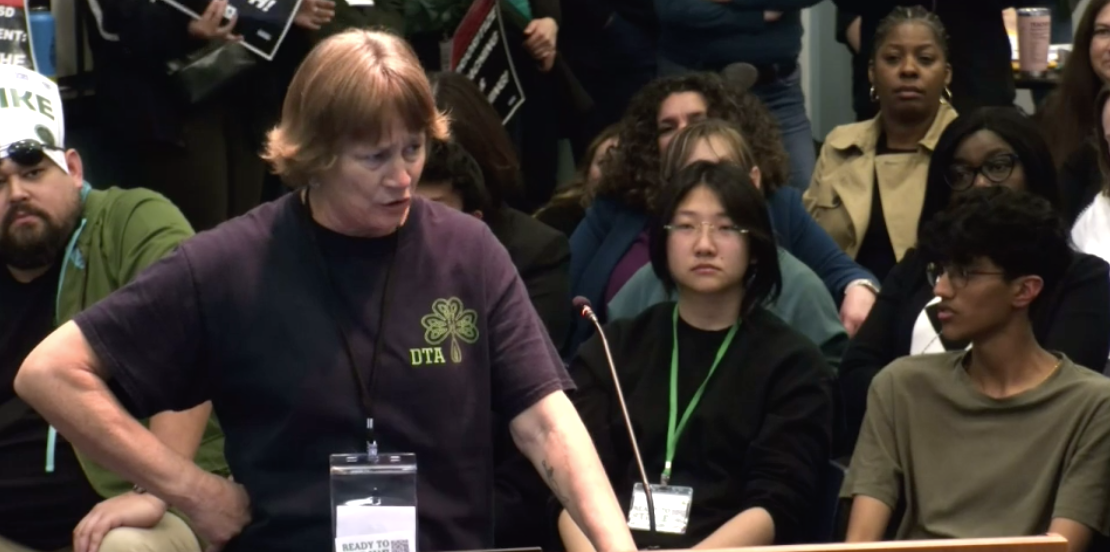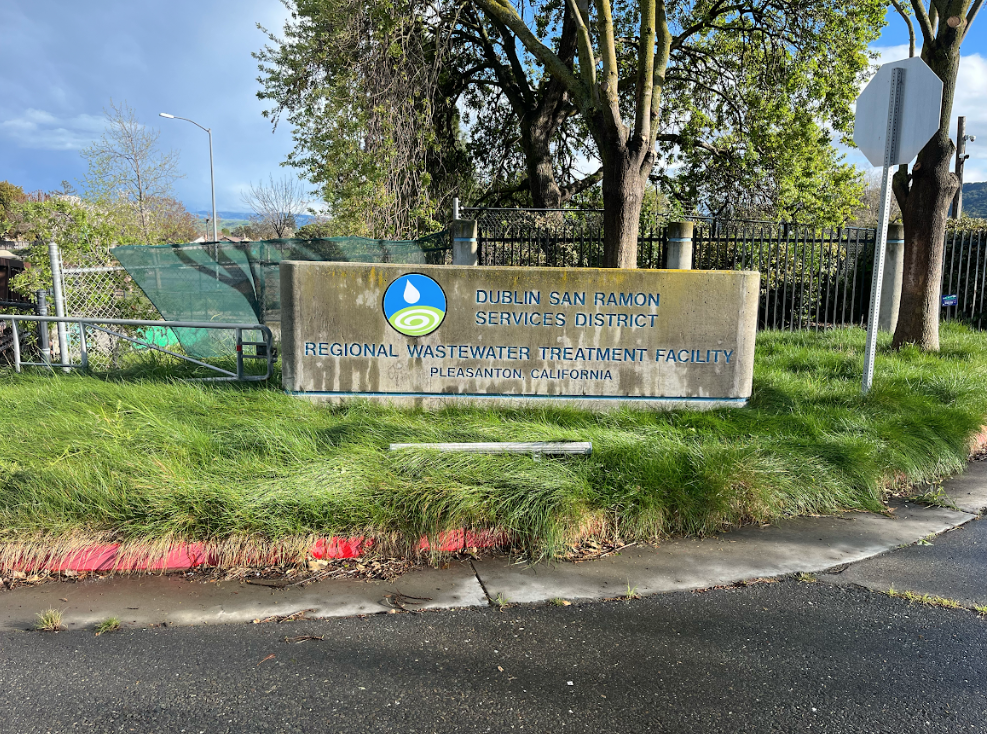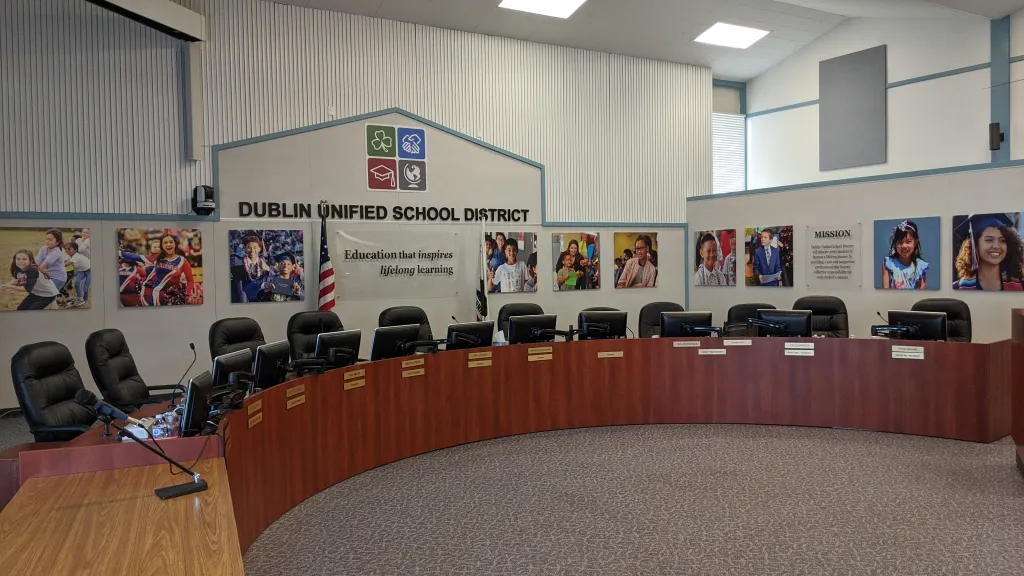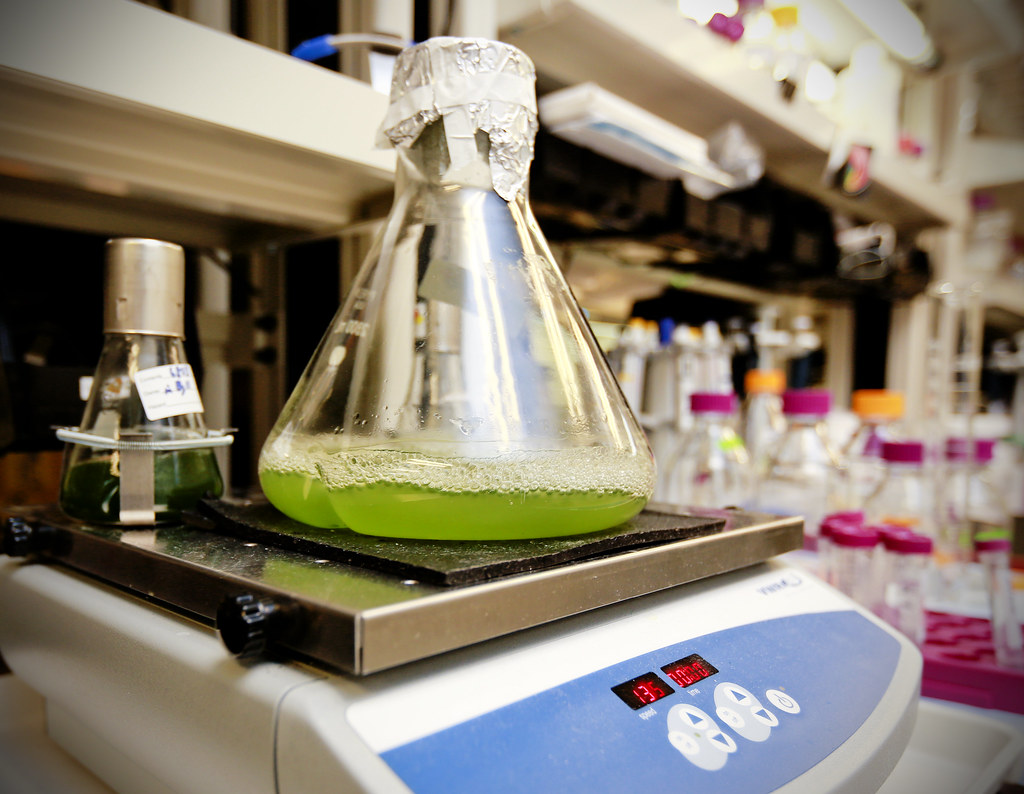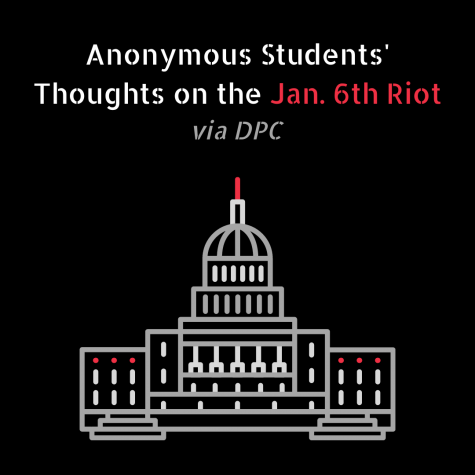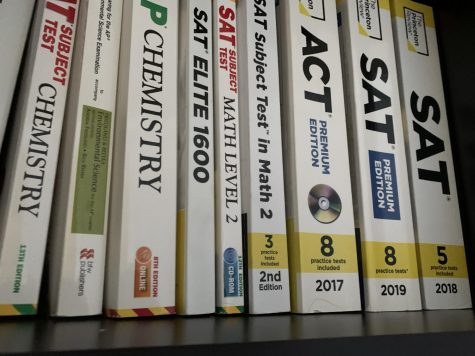Delegates Meet in Paris this Week to Discuss the Future of Clean Energy in Hopes of Saving Our Planet
Paris is currently hosting the United Nation’s twenty second Climate Change Conference (COP21) where 147 nations will try to reach a binding deal to decide whether the United Nations will take aggressive precautionary measures to reduce Global Warming. Attendees hope to agree to reduce carbon emissions and limit global temperature increase by only 3.6oF. However, plans submitted by 150 nations show, despite efforts to reduce pollution, the real rise in temperature would still be 5.4o F which would devastate 48 of the least developed nations, who could barely stand a rise of 2.7oF.
The current goal of negotiators is to agree to meet every few years to readdress the topic and update their approach to reducing greenhouse gases while establishing a strict liability system to ensure each country is keeping their promises. The greatest tensions appear between the poor and richer countries, especially the countries that produce gas and oil. No country wants to leave behind its greatest asset nor does any country want to risk falling even farther behind in developing their economy. New, cheap renewable energy sources hope to combat that problem as well as deals between nations to ensure poorer countries do not enter a lose-lose situation.
The conference hasn’t gone without its fair share of criticism. The Fossil Fuel Industry has been accused of “bankrolling” or funding the summit. Of course, motive comes into question here as why an industry would fund $200 million, or ⅕ of a conference, that would limit its production thus profit. Many believe the companies are participating in what is “greenwash,” or trying to obtain absolution for causing high amounts of greenhouse emissions while publicly denying it, by simply writing a check. The public and activists such as 350.org and Attac France began expressing their anger through “red lines” or ten human blockades set along different streets to disrupt transportation, espeically by the summit’s venue. A series of parody billboard ads of the sponsors have also appeared across the city, which are pictured below. Despite public outcry, it is thought the presence corporate sponsors will have very little effect on the outcome of the summit.
High greenhouse gas emissions and pollution has already begun to take a physical toll on people around the globe. China, a huge supporter of the conference, is a prime example. Beijing’s air quality has already reached hazardous levels, 641 micrograms per cubic meter above safe levels, which is equal to smoking forty cigarettes per day. These particles are small enough to enter the bloodstream and lung tissue, which can cause aggravated heart and lung problems. Children have been hospitalized, kept indoors, and visibility has been reduced to one hundred meters in just under a week in some areas. Pollution is killing four thousand people each day, which accounts for 17% of all deaths in China. The United States has been a huge supporter of the goals at the Paris Summits and hopes to take immediate steps to switch to more renewable energy, not only as a world leader but also as a leader in carbon emissions.
The rise in cheap, renewable energy sources as well as widespread political support could make it possible to limit the destruction of our world and with the conference taking place between November 30, 2015 and December 11, 2015, it is possible we only have two more weeks to save our Earth.
Your donation will support the student journalists of Dublin High School. Your contribution will allow us to purchase equipment and cover our annual website hosting costs.

Lauren Manning is a new writer for the Shield but has quickly found herself the Entertainment Editor thanks to her experience as an editor for the Fallon...



